

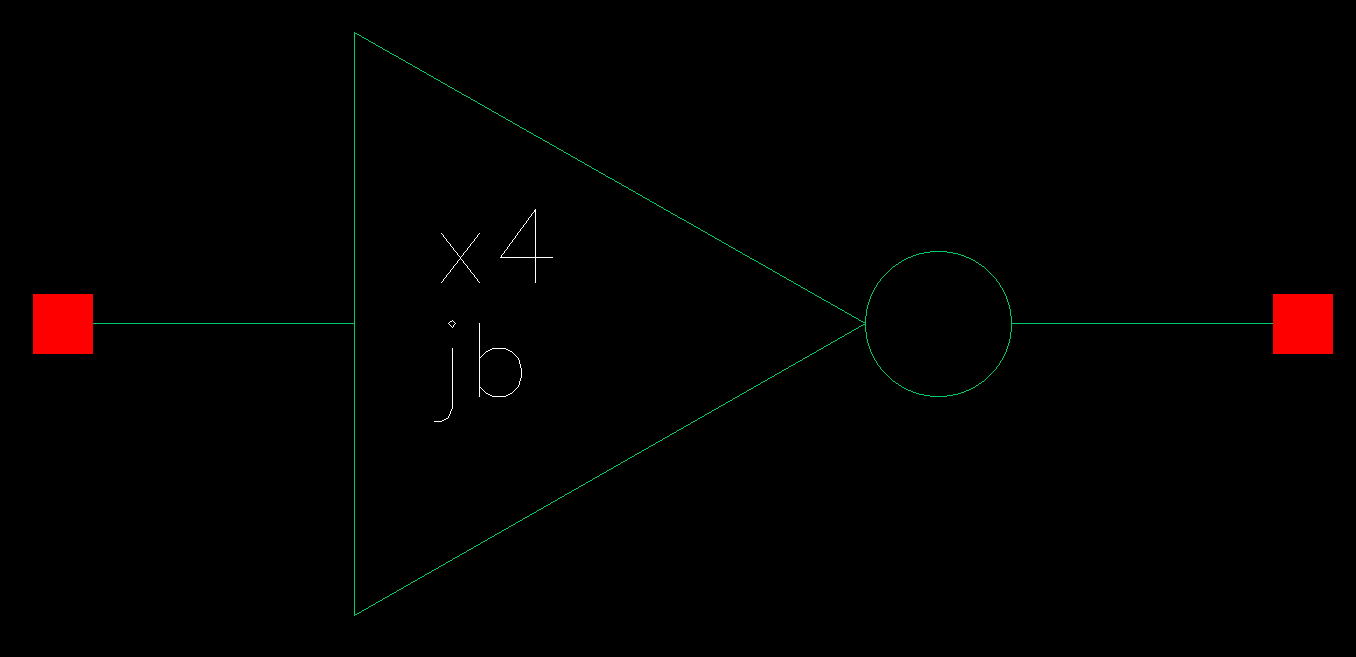
Lab 07 - EE 421L
| Transistor-level Schematic | Concise Schematic | Symbol |
 |  |  |
| Schematic of Simulation | Simulation Result |
 | 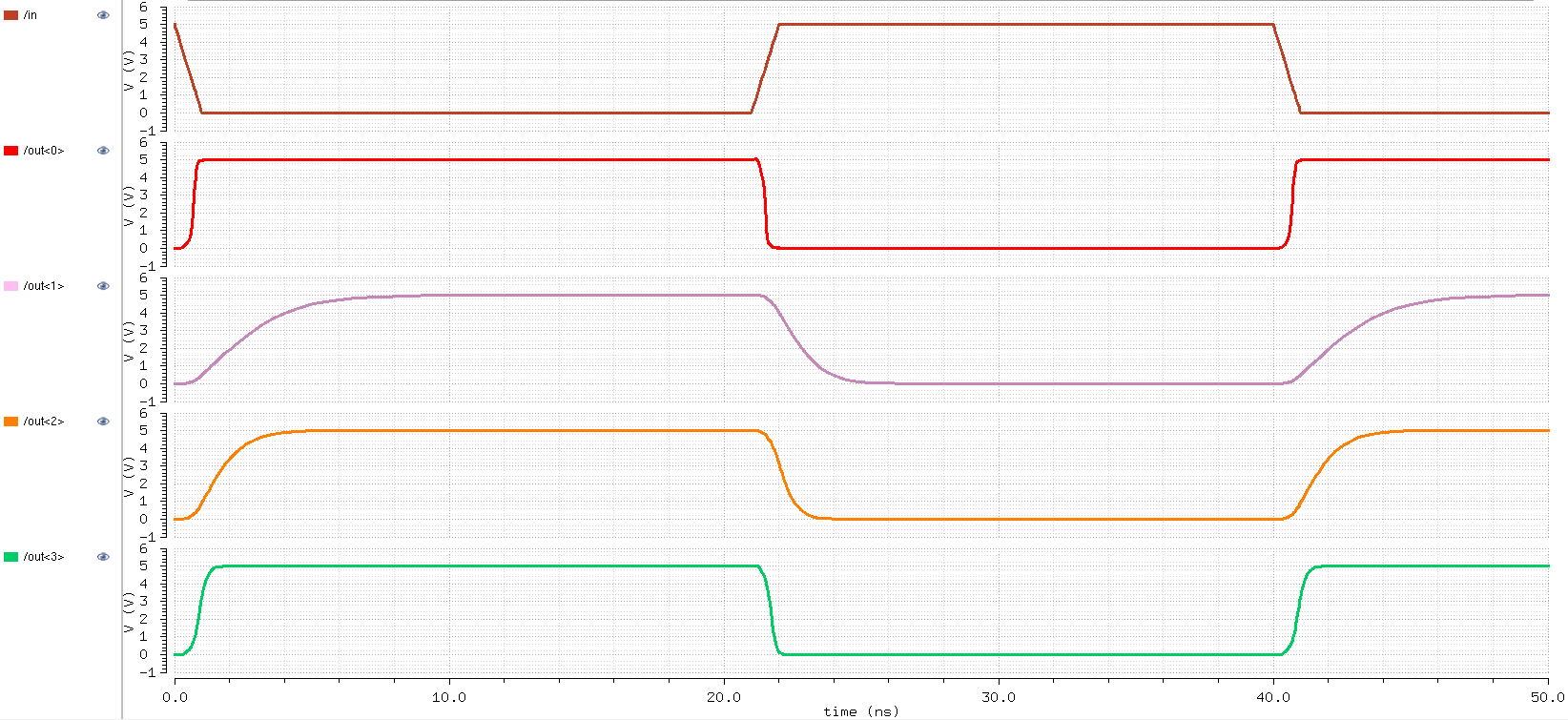 |
| Logic Gate | Transistor-level Schematic | Concise Schematic | Symbol |
| NAND | 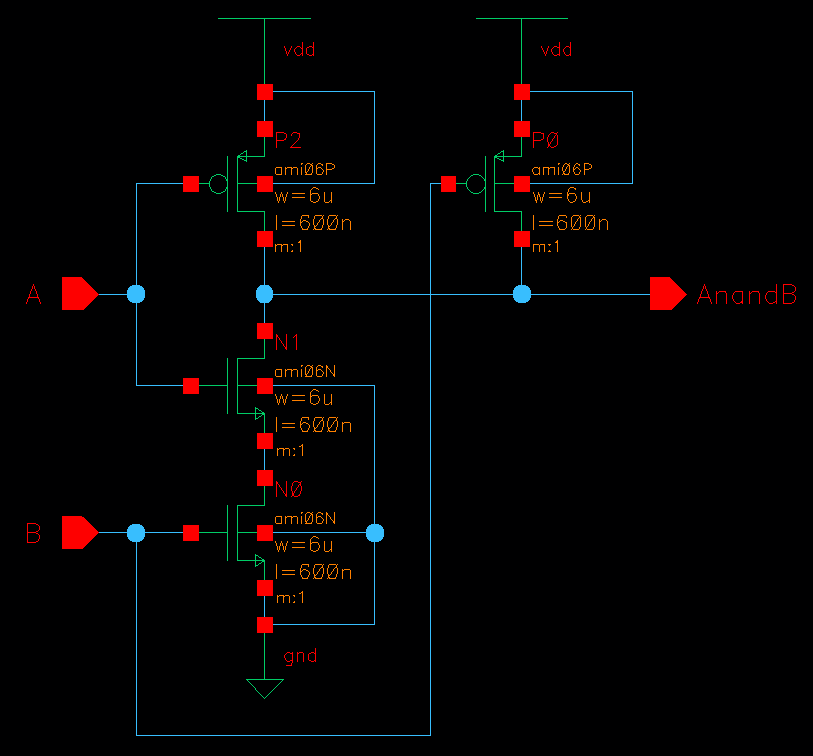 |  | 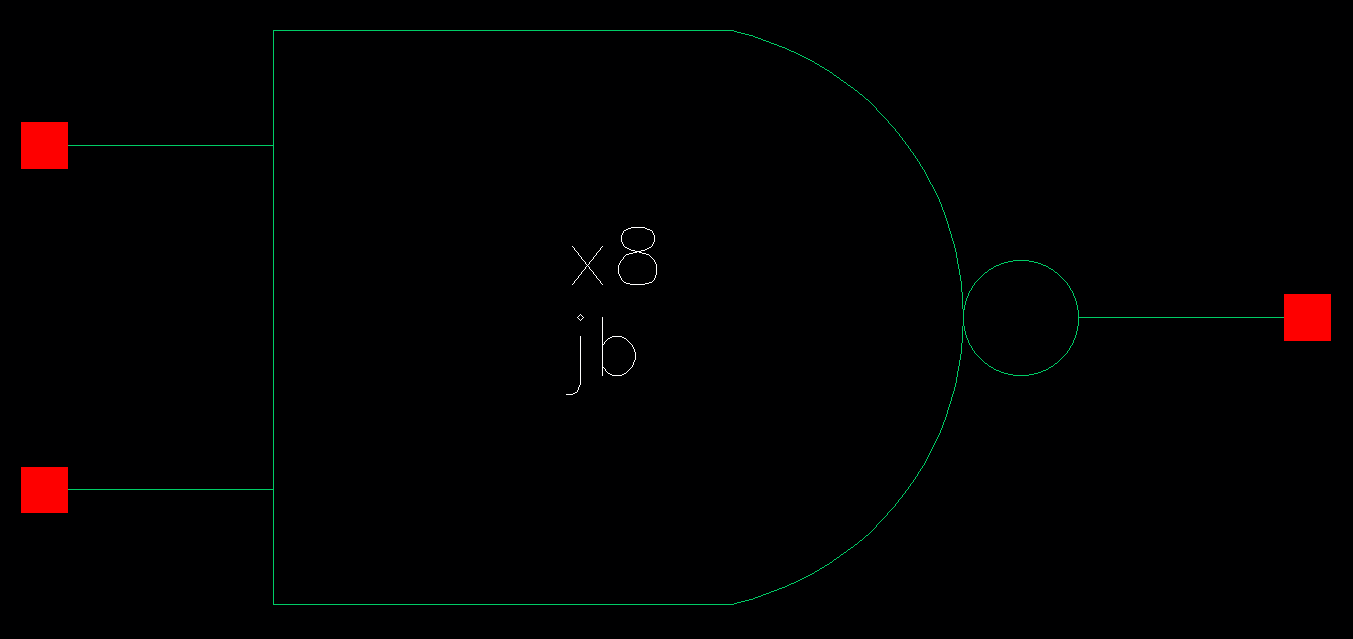 |
| NOR |  |  | 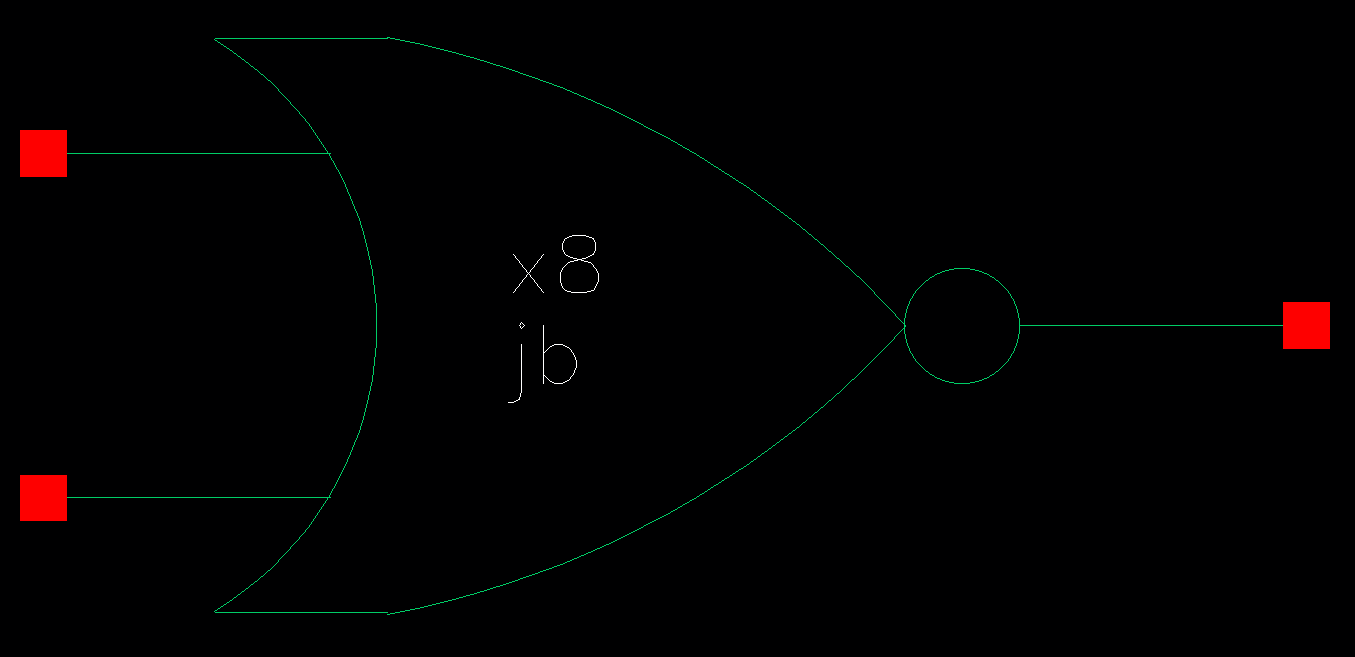 |
| AND | 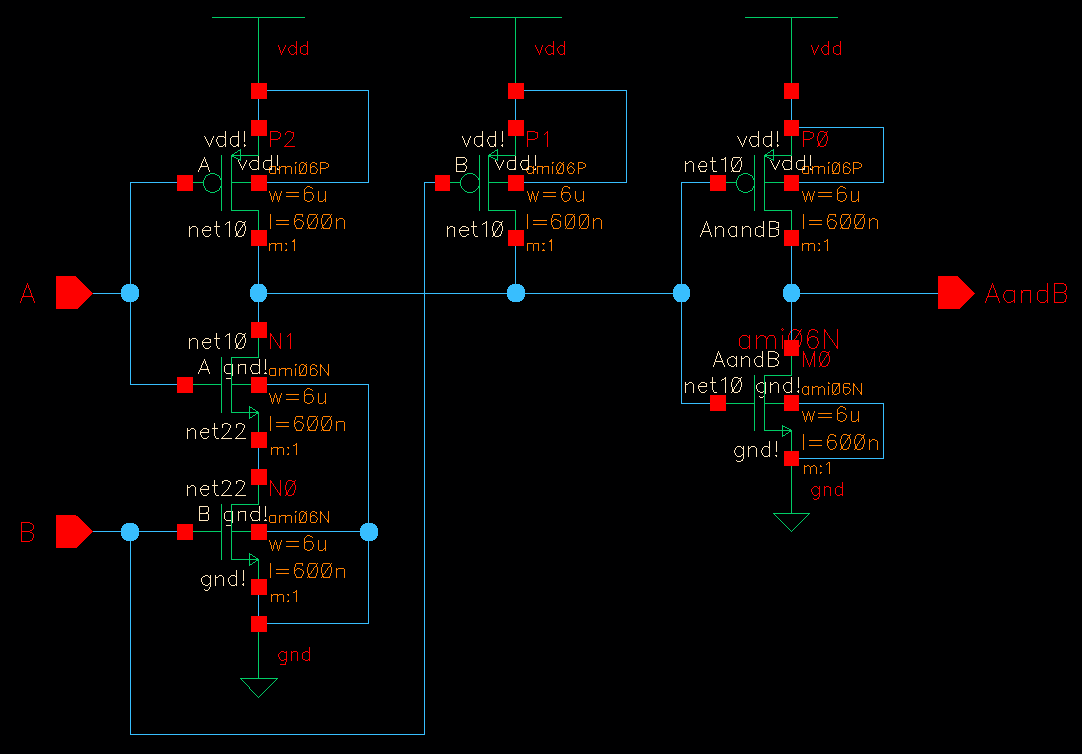 |  | 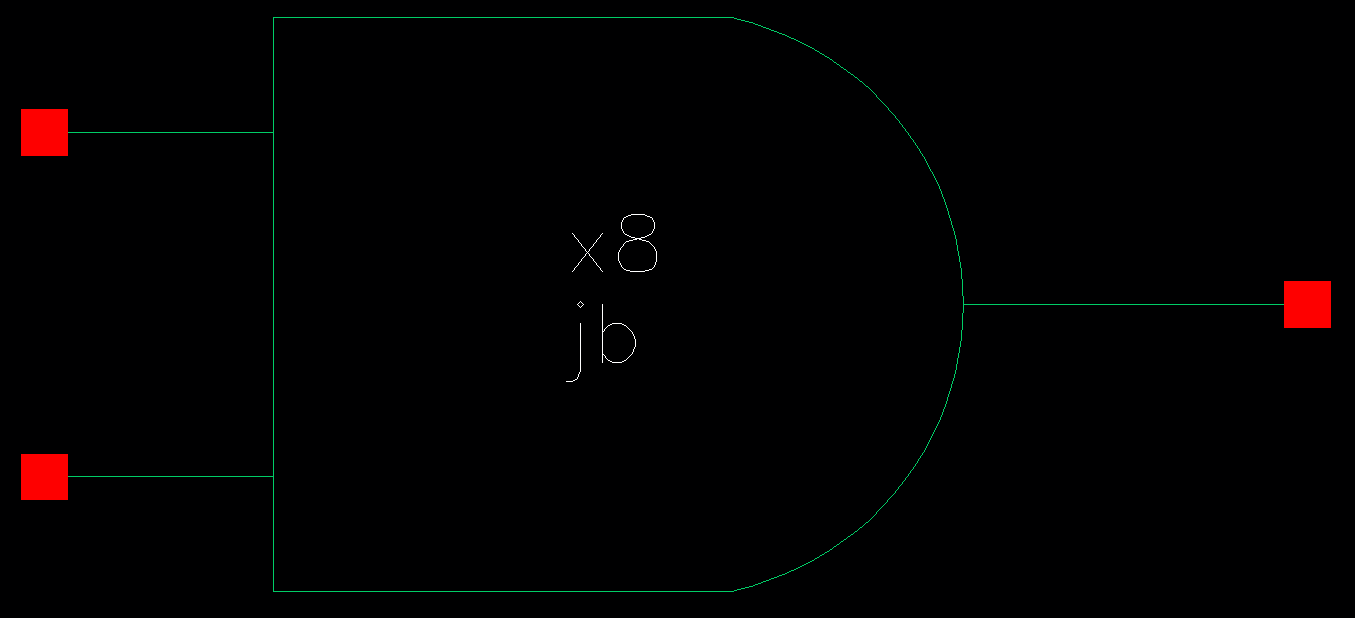 |
| inverter |  |  | 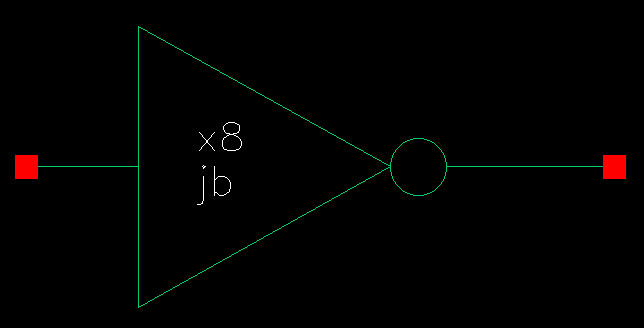 |
| OR | 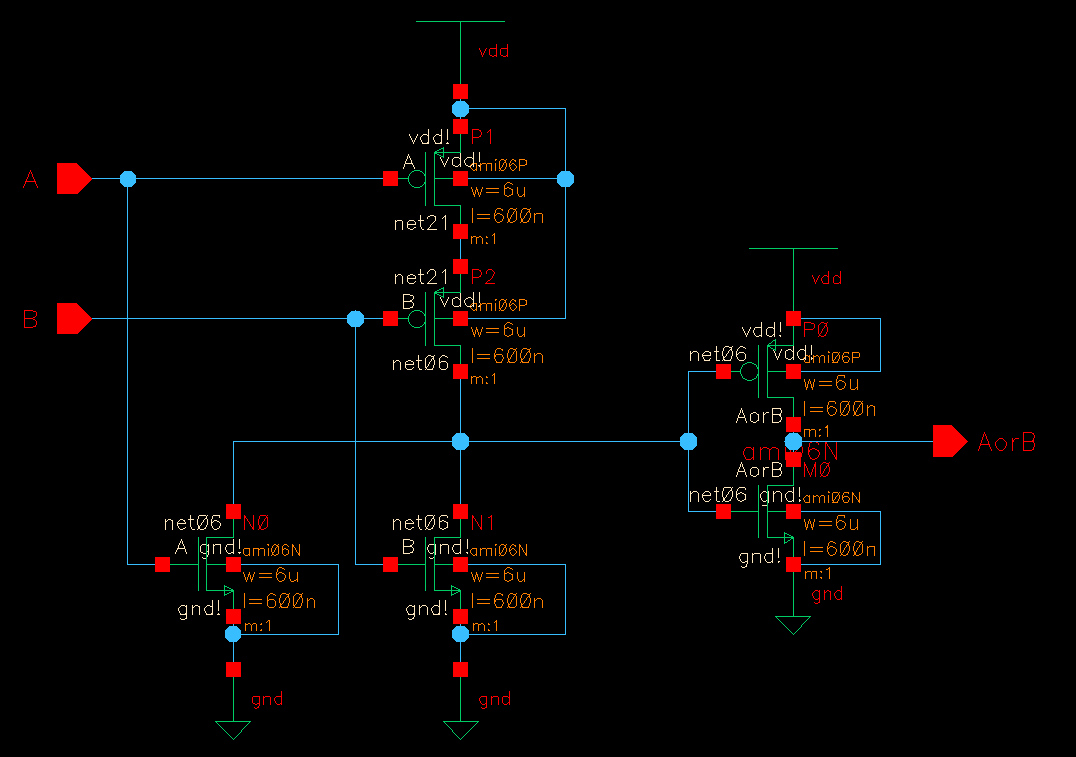 |  | 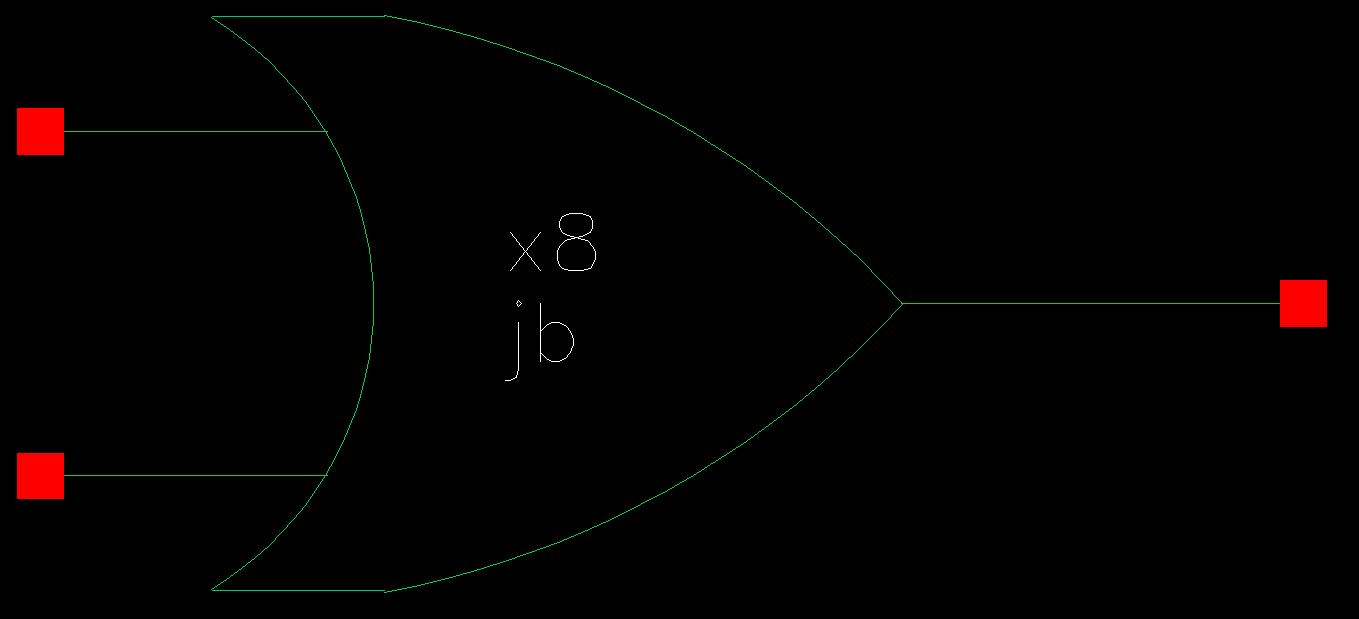 |
| Logic Gate | Schematic of Simulation | Simulation Result | Truth Table |
| NAND | 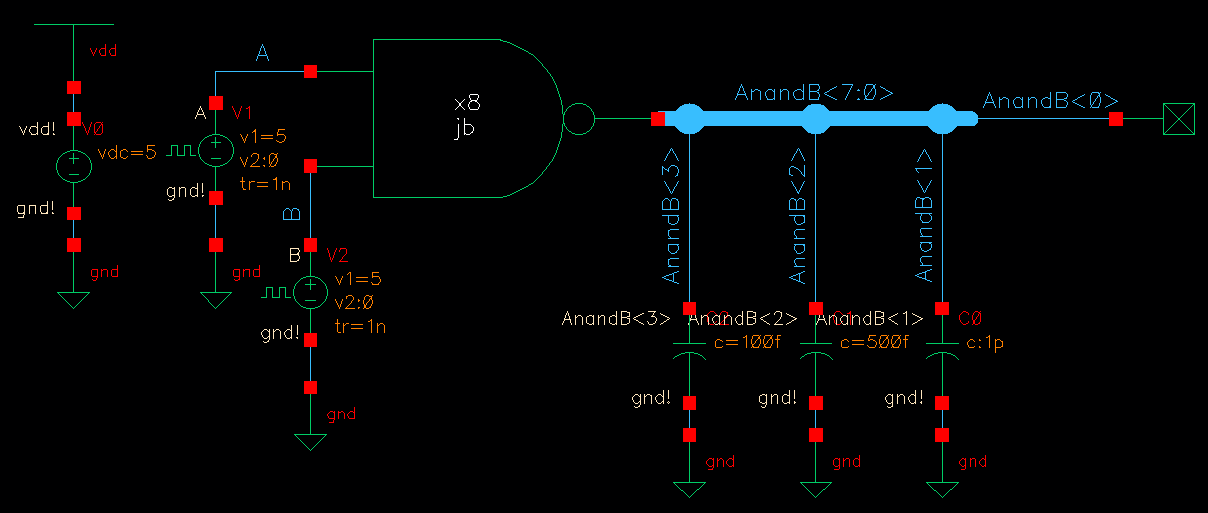 |  | 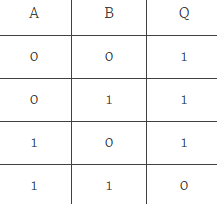 |
| NOR |  | 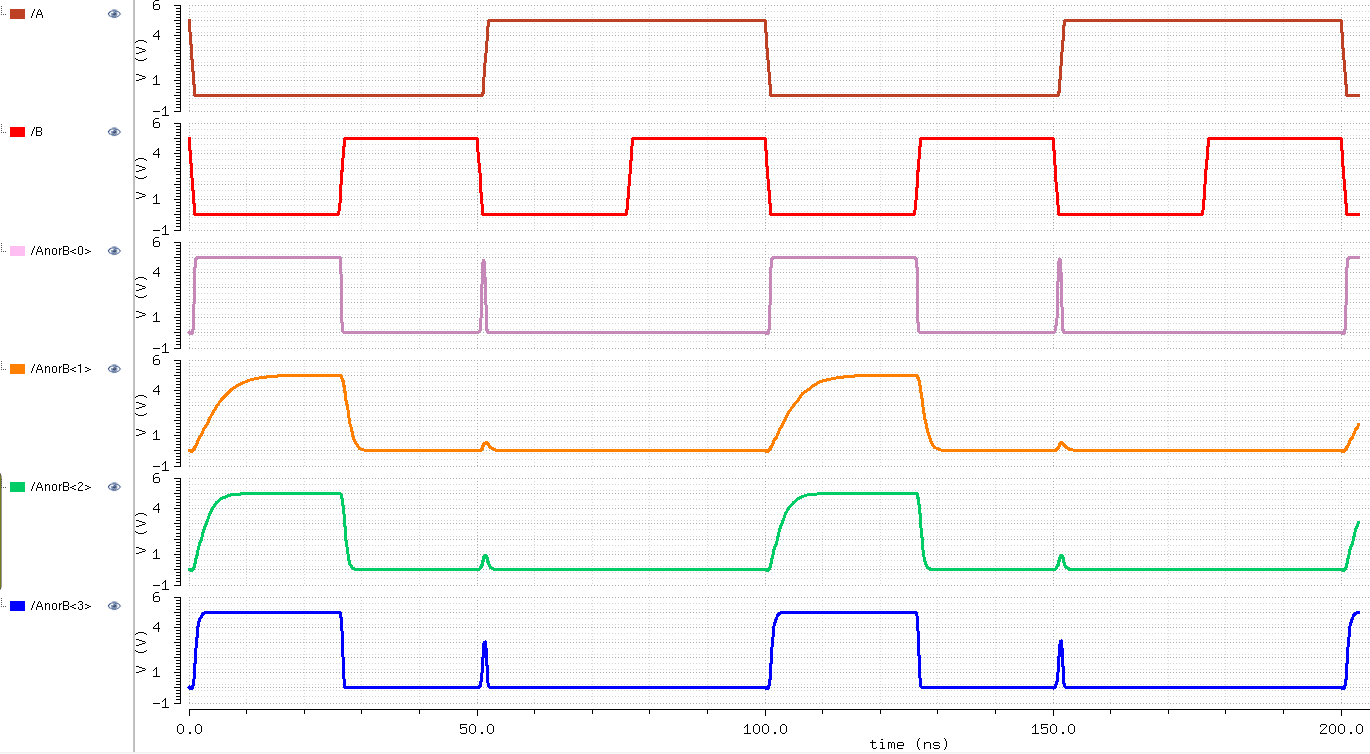 | 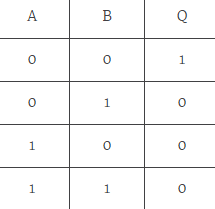 |
| AND | 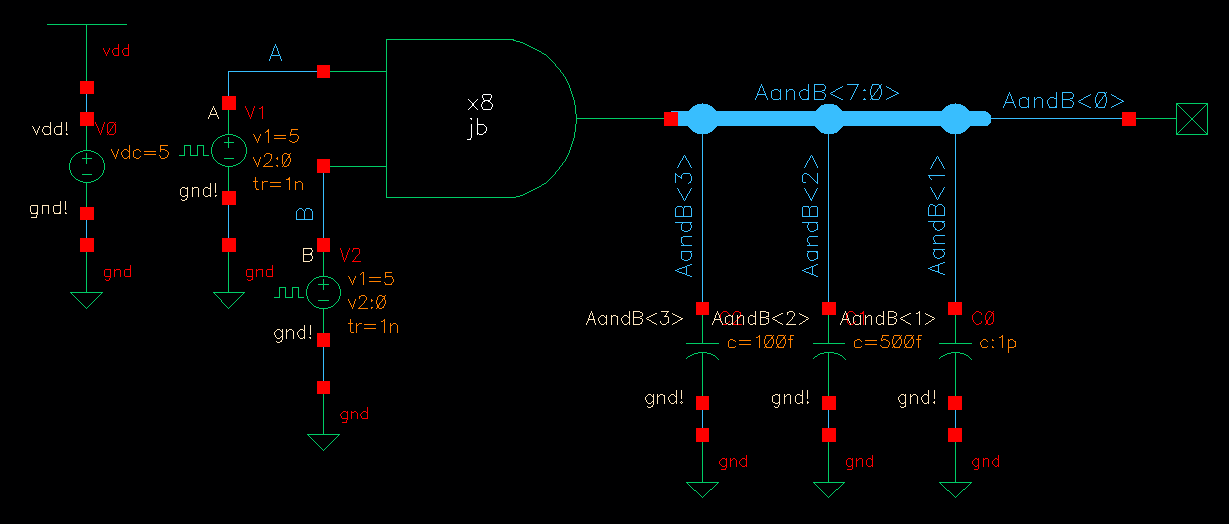 |  | 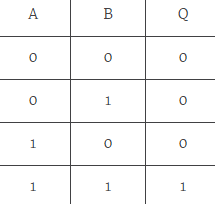 |
| inverter |  |  |  |
| OR | 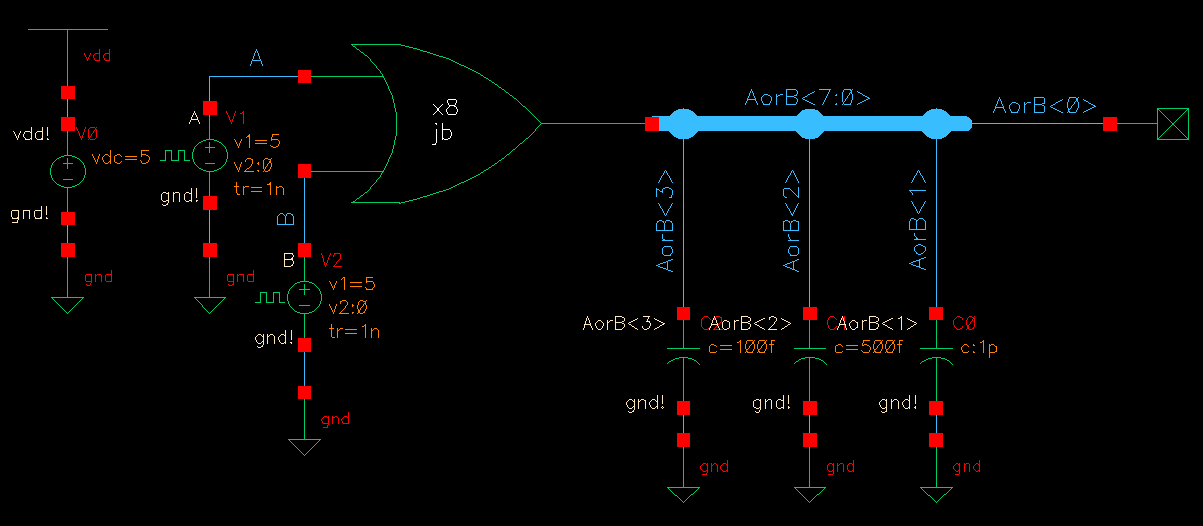 | 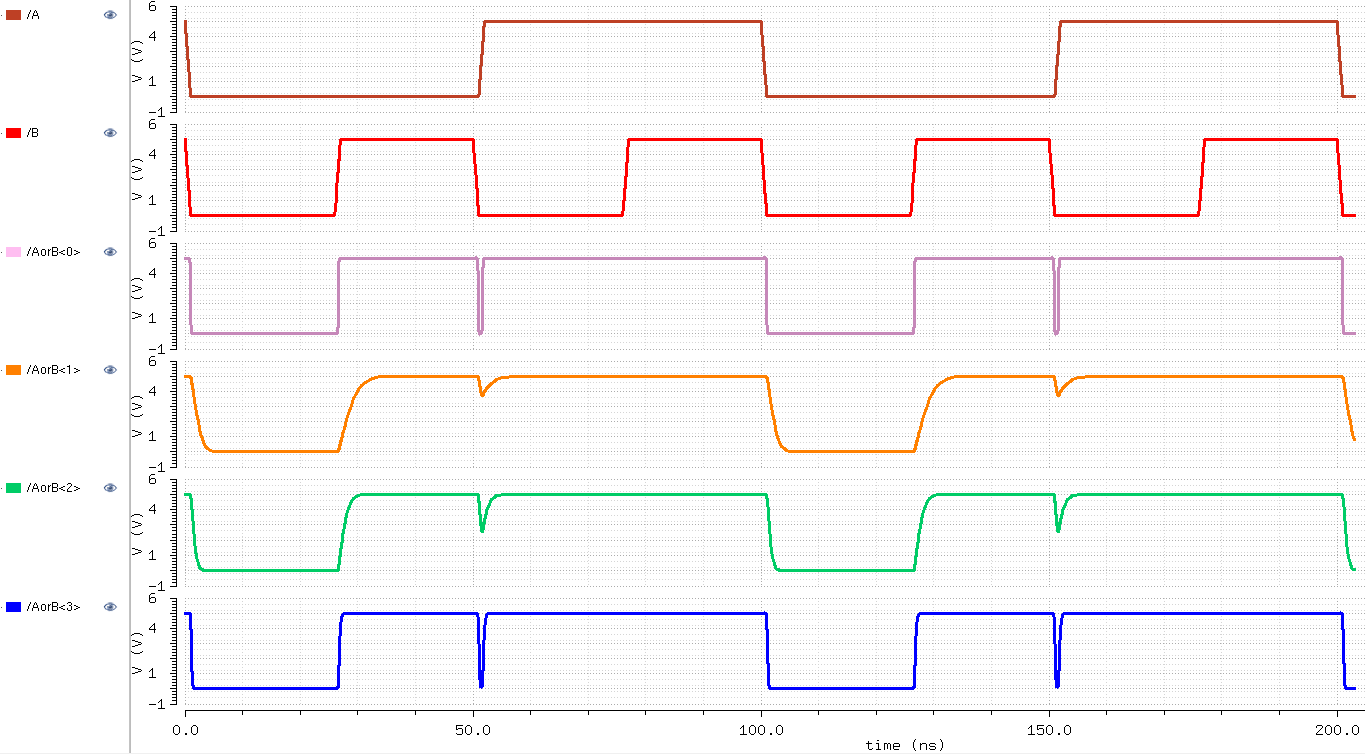 |  |
| Transistor-level Schematic | Symbol | 2-to-1 MUX Simulation Schematic | Simulation Result |
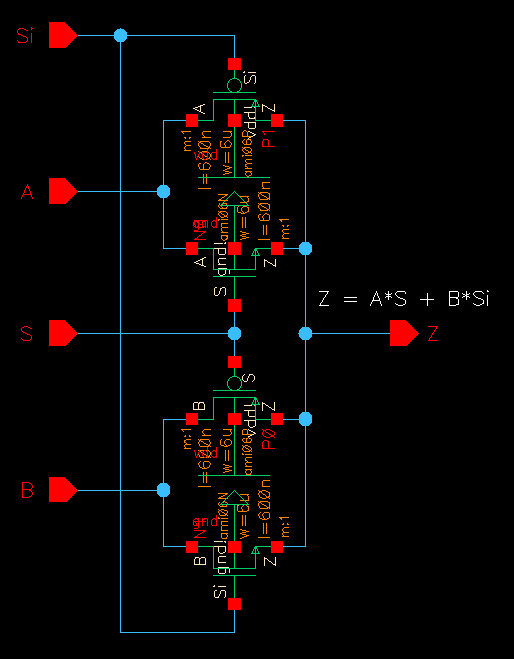 |
 | 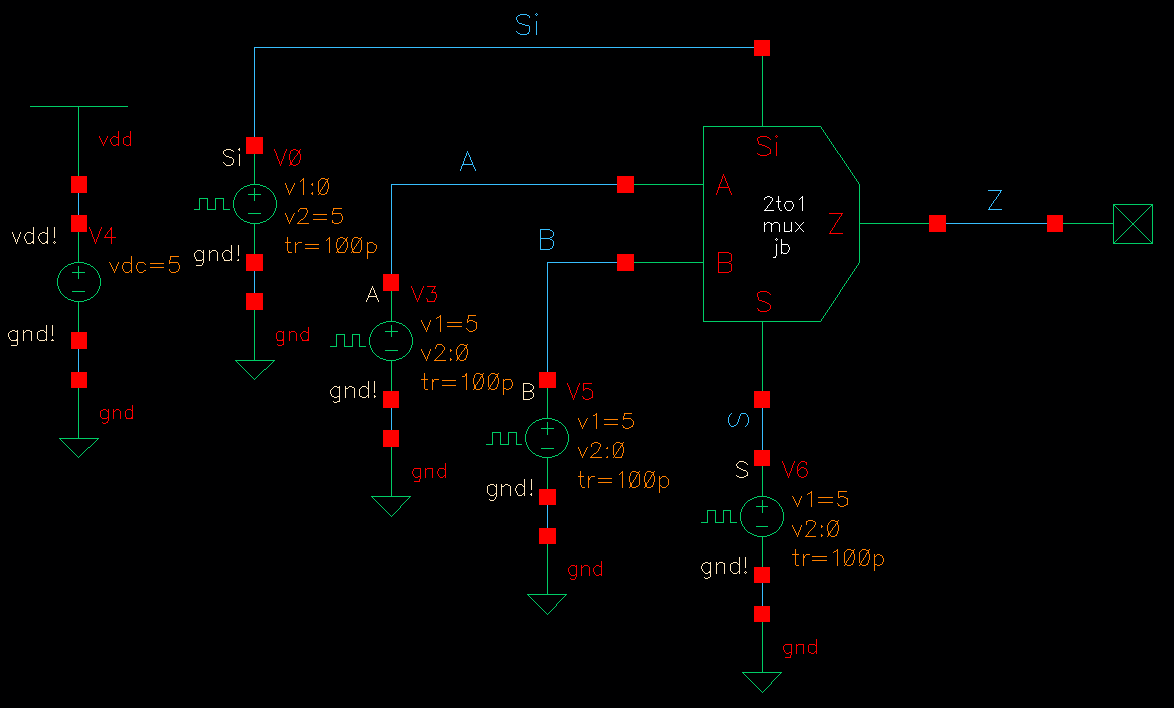 | 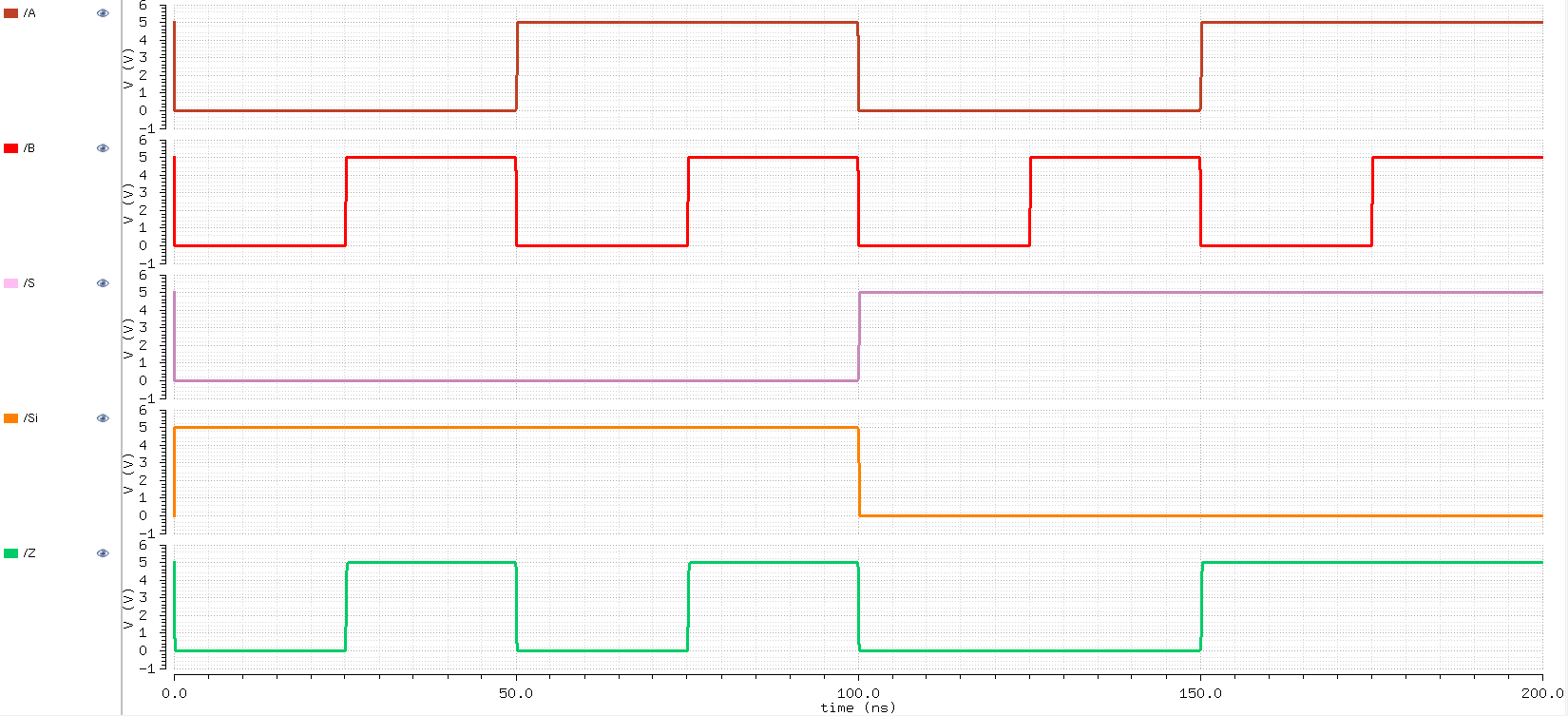 |
| Schematic | Symbol | 2-to-1 MUX Simulation Schematic | Simulation Result |
 | 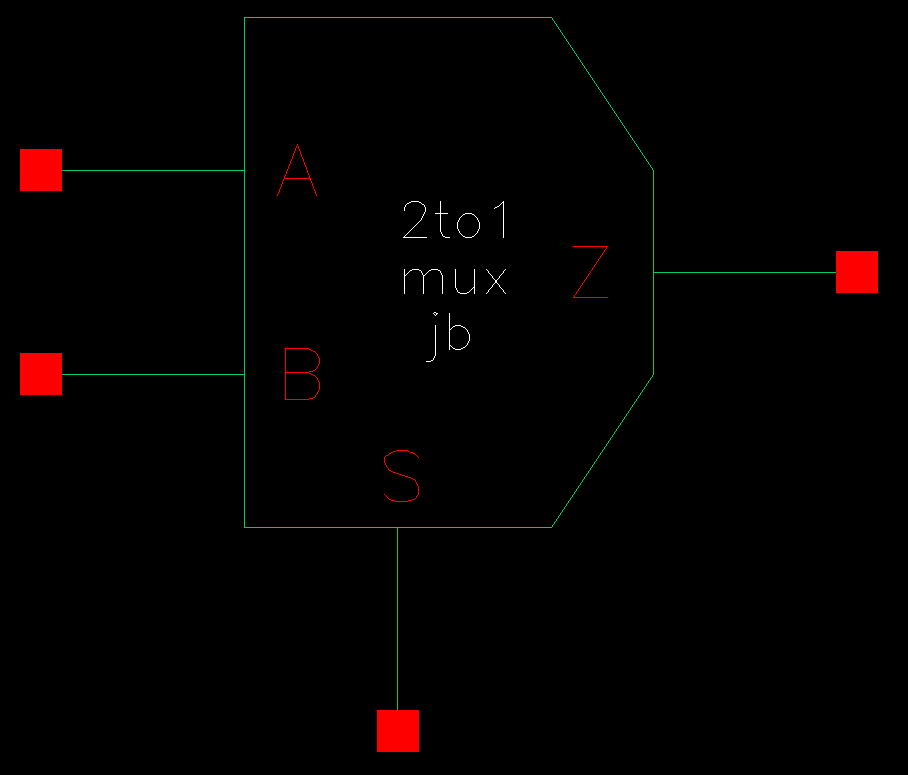 | 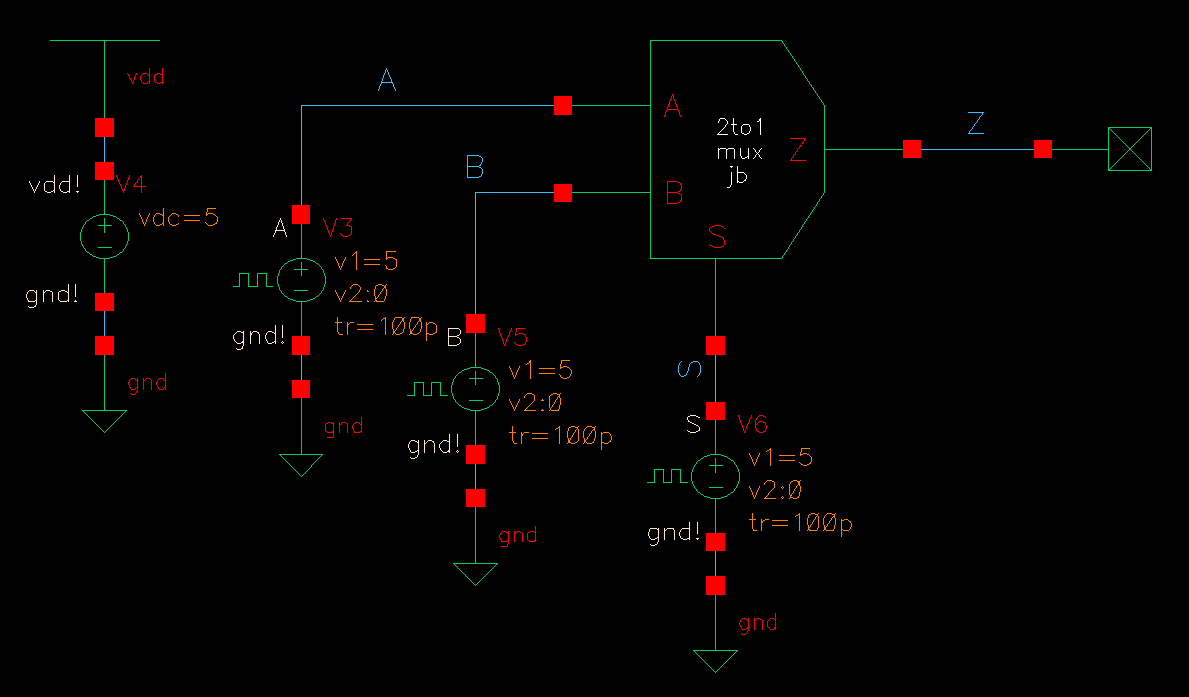 | 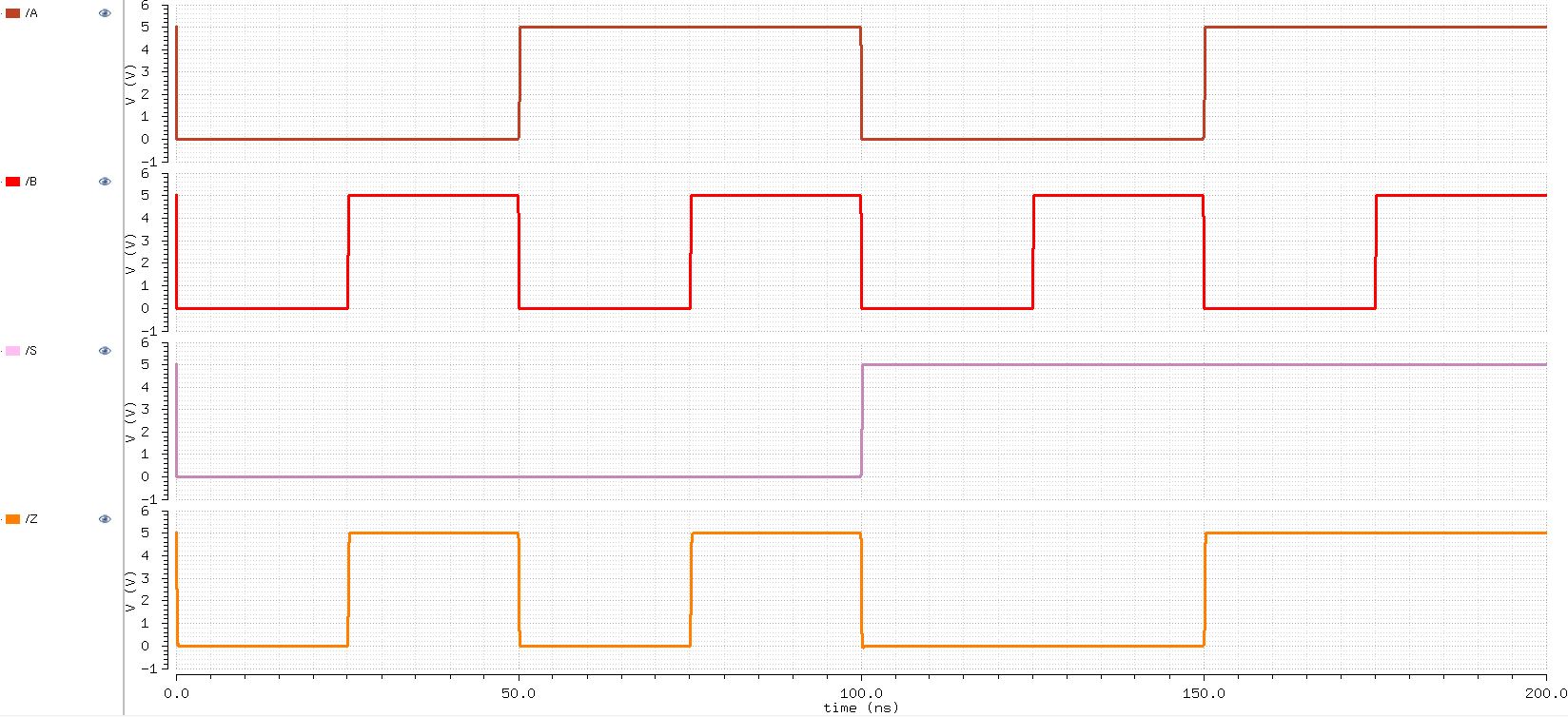 |
| Schematic | Symbol |
 |
 |
| 2-to-1 MUX Simulation Schematic | Simulation Result |
 | 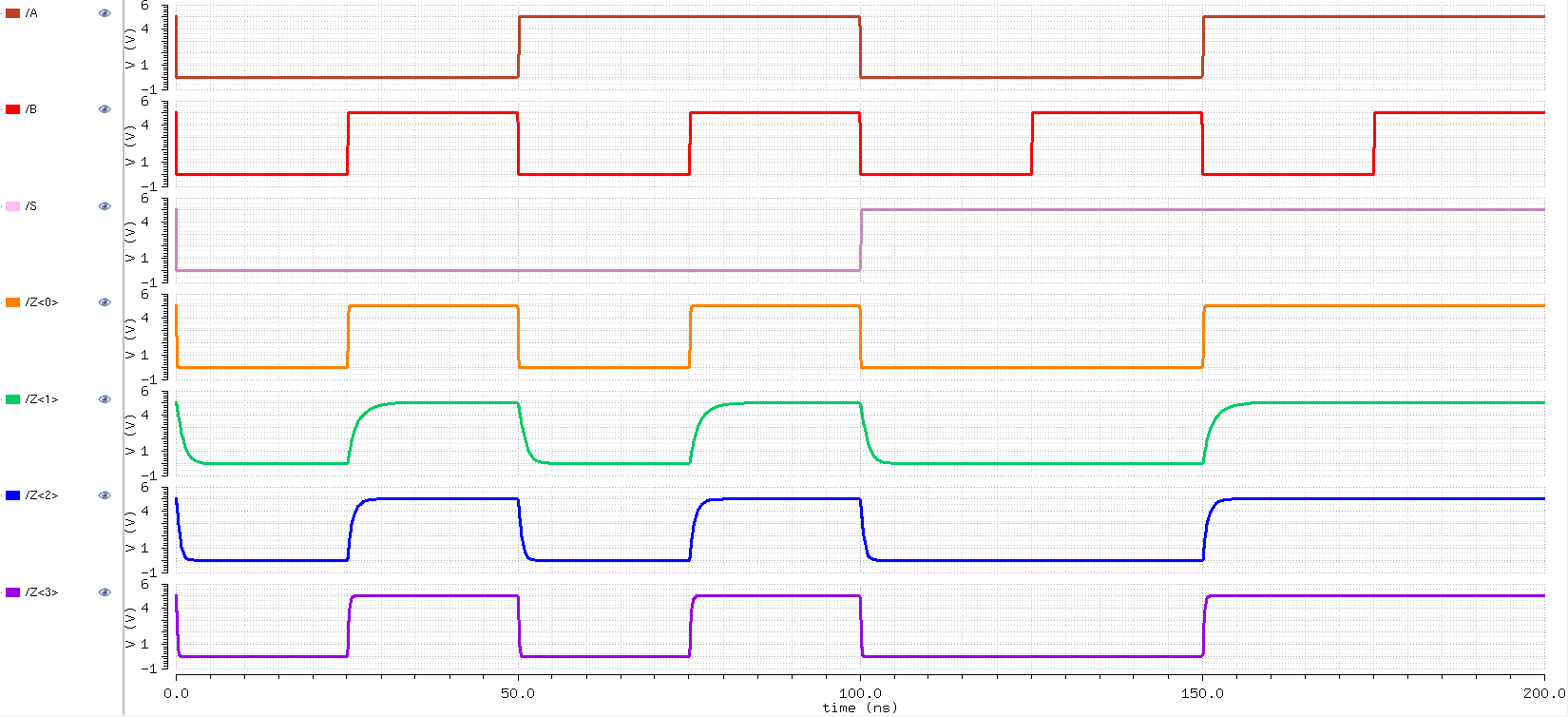 |
| 2-to-1 DEMUX Simulation Schematic | Simulation Result |
 | 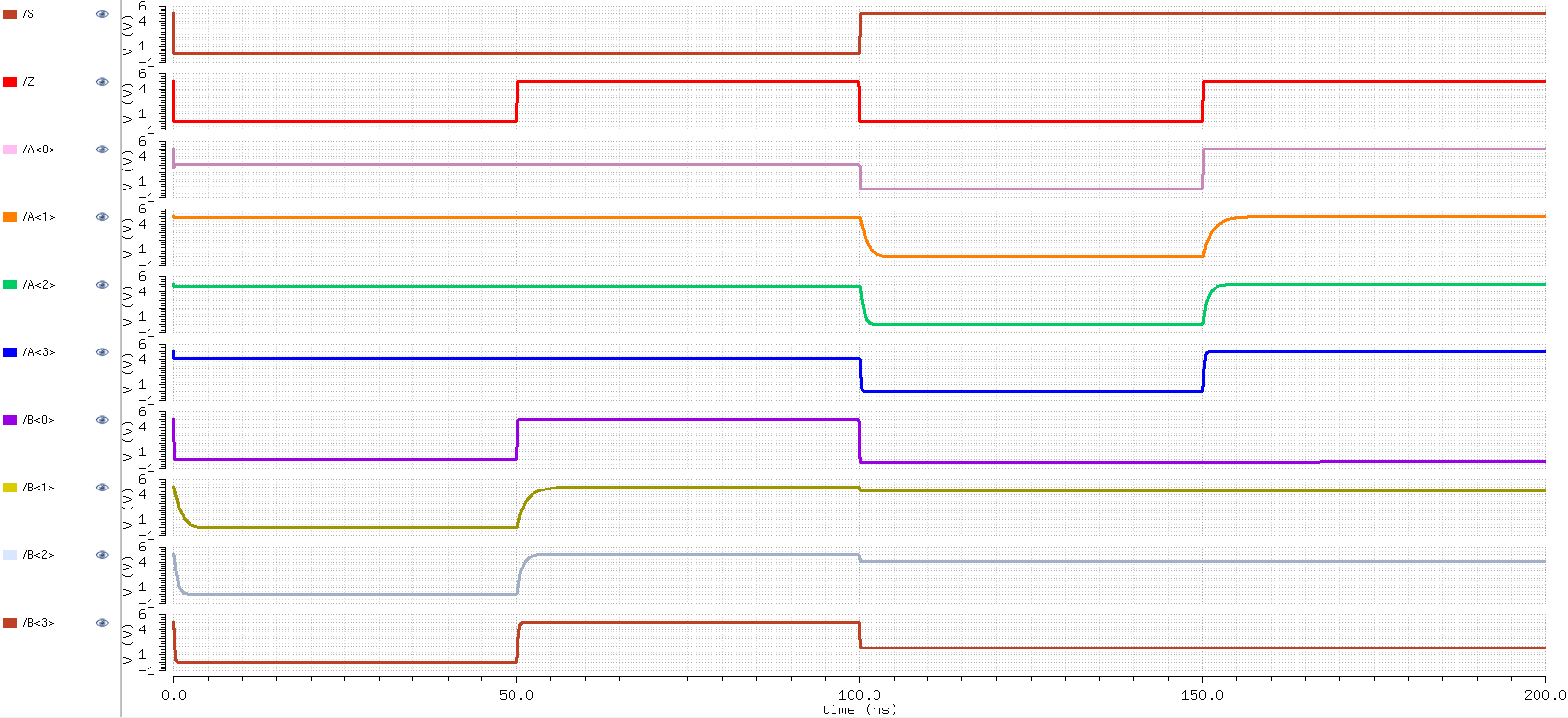 |
| Transistor-level Schematic | Symbol |
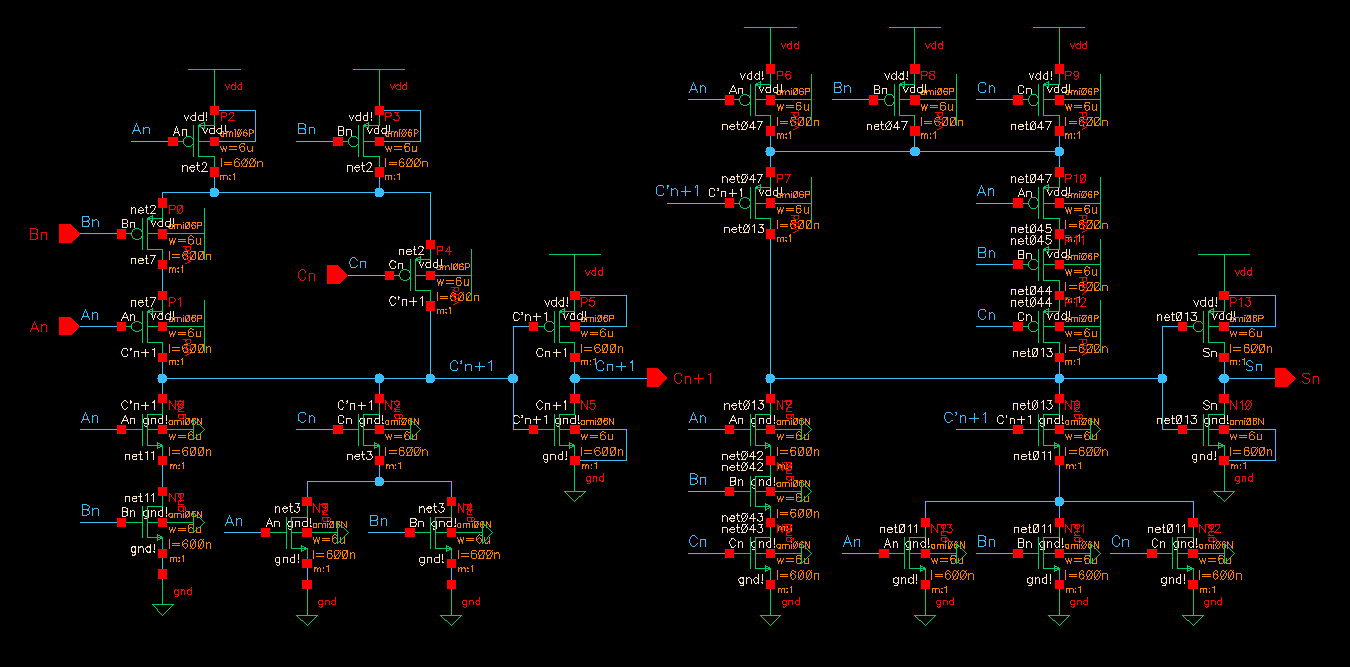 |
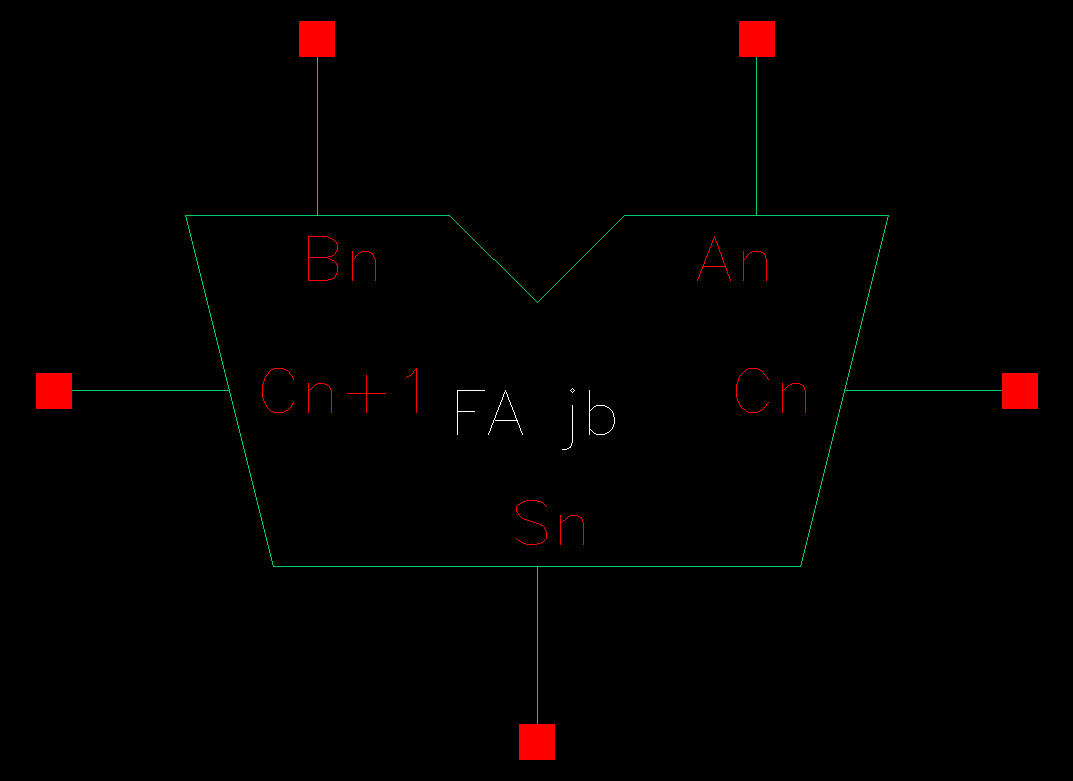 |
| Layout | Extracted |
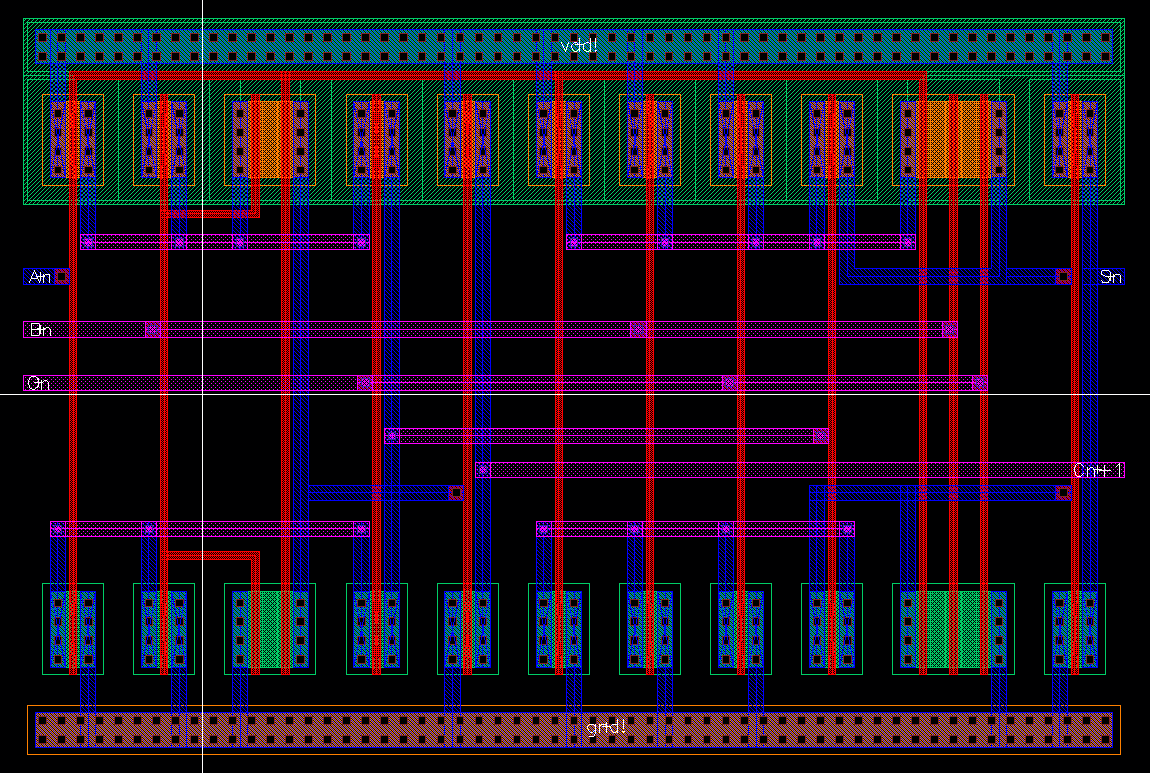 |  |

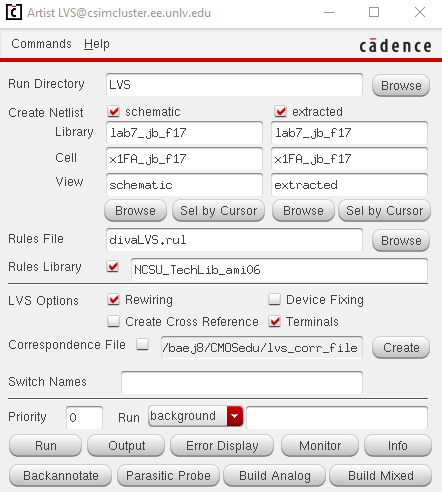 |
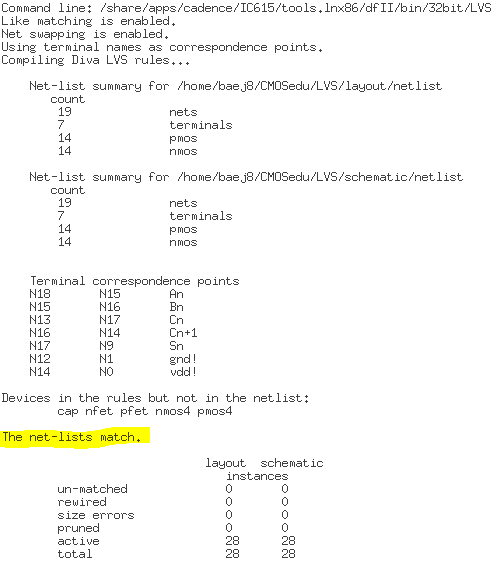 |
| Simulation Schematic |
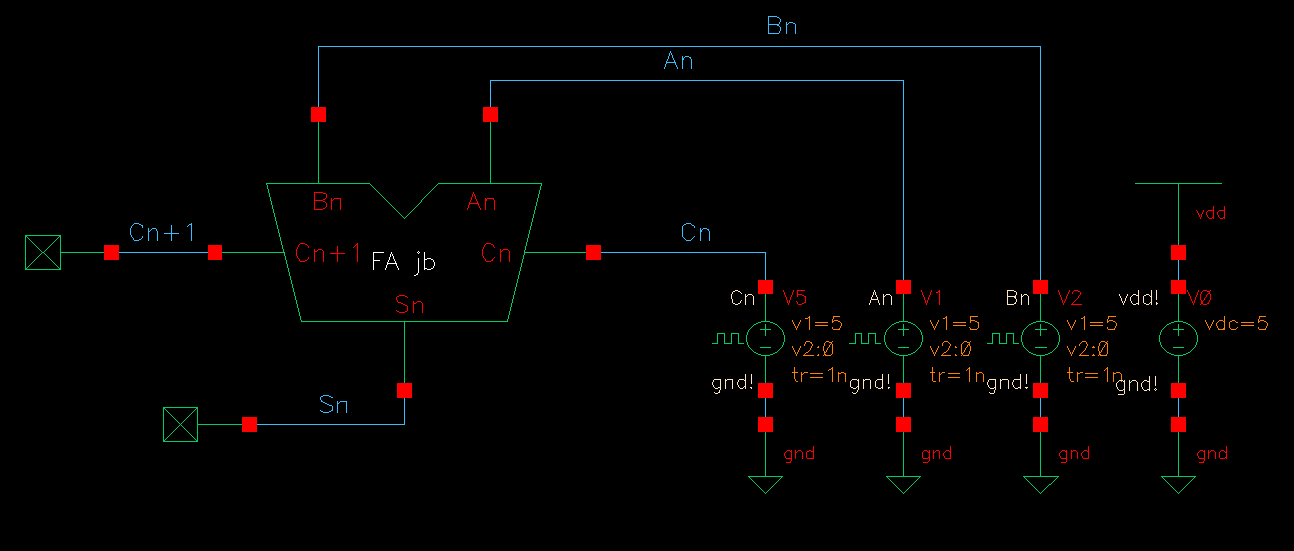 |
| Simulation Netlist | Simulation Result |
 |
 |
 |
 |
| a | b | cin | s | cout | |
| 0 | 0 | 0 | 0 | 0 | |
| 0 | 0 | 1 | 1 | 0 | |
| 0 | 1 | 0 | 1 | 0 | |
| 0 | 1 | 1 | 0 | 1 | |
| 1 | 0 | 0 | 1 | 0 | |
| 1 | 0 | 1 | 0 | 1 | |
| 1 | 1 | 0 | 0 | 1 | |
| 1 | 1 | 1 | 1 | 1 |
| Schematic | Symbol |
 |
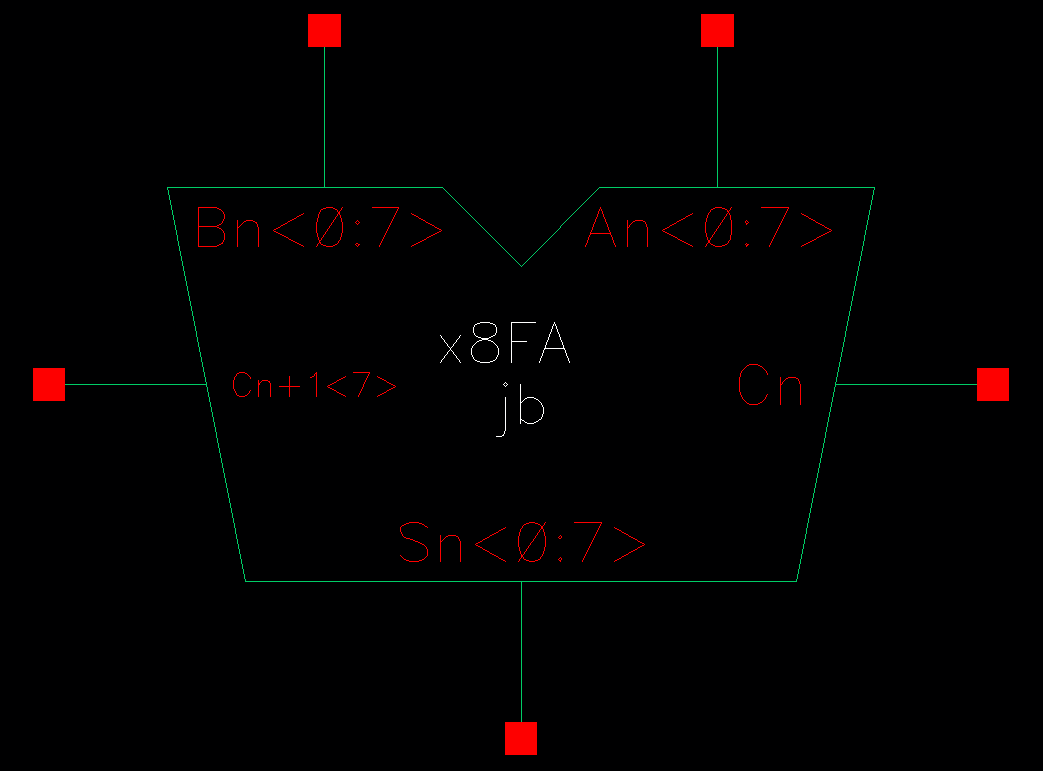 |
| Layout |  |
| Extracted |  |

 |
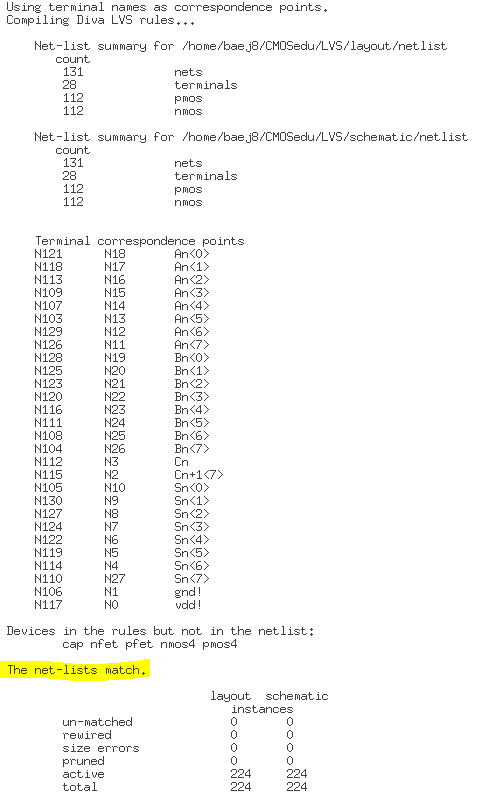 |
| Simulation Schematic |
 |
| Simulation Netlist | Simulation Result |
 |
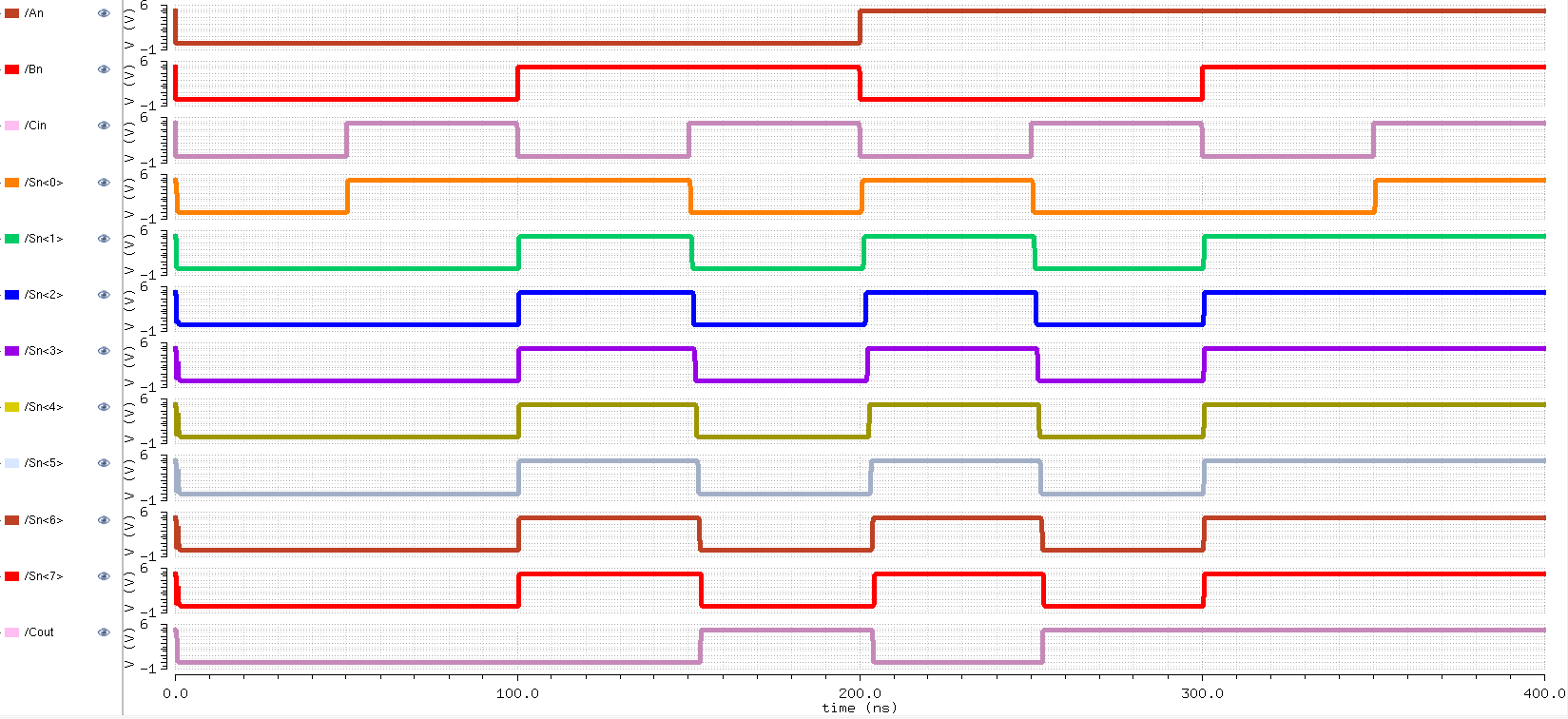 |
 |
 |